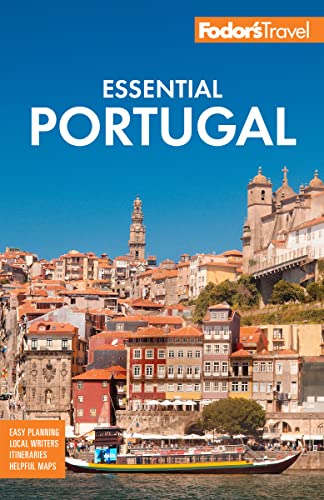Surrounded by rows of gentle hills covered with the Alentejo's ubiquitous cork and olive trees, Campo Maior is a quiet, sparsely populated corner of the country where little has changed over the years. You may notice the smell of roasting coffee lingering in the air: it isn't coming from a nearby café but from the several coffee-roasting plants in the area.
Try to make it to this town during the first week of September, when nearly 100 streets and squares are covered with a rainbow-color mantle of paper flowers and decorations. The decorations for each neighborhood are a closely held secret for months, as the women nimbly assemble the paper flowers and the men construct the wooden framing. When the festival (Festa das Flores) opens, all is revealed in a blaze of color. Check with the local or regional tourist office for exact dates.
At the top of the hill is a castle that was reconstructed after lightning hit a gunpowder storage area in 1732. The disastrous explosion claimed the lives of more than 1,400. The Capela dos Ossos (Chapel of Bones) next to the parish church is lined with the bones of the victims. As you walk around the fortifications, you'll notice some tiny whitewashed dwellings with laundry fluttering about like flags in the breeze. The little buildings are the old army barracks, the only part of the military complex still occupied. Before leaving Campo Maior, stroll through the lower part of town, where the narrow streets are lined with many fine examples of wrought-iron grillwork and balconies, giving the town a Spanish appearance.
Campo Maior is a fine example of a typical Portuguese plains town, and its charm is no longer a secret. Still relatively untouristed, in recent years the town has attracted an upscale expat community, with transplants from California and Canada.




